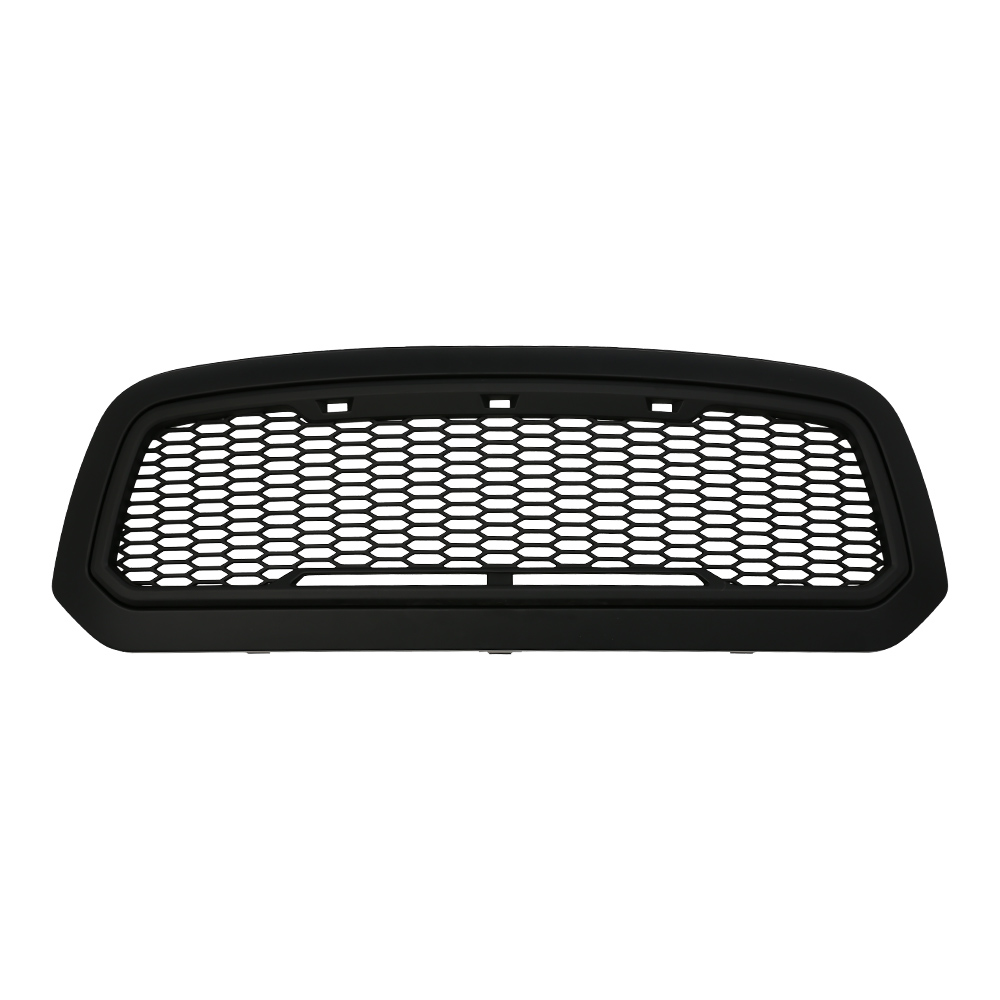Supply bumper cost in China
Bumper design plays a crucial role in determining both the cost and performance of a bumper. The relationship between these aspects is complex and intertwined, and understanding it is essential for automotive manufacturers and consumers alike.
In terms of cost, the materials used in bumper design significantly impact bumper cost. Different materials have different costs associated with them. For example, plastic is often a more cost-effective material for bumper construction compared to metal. However, the choice of plastic also affects other aspects of the bumper cost. If a more specialized or high-performance plastic is chosen for better impact resistance or aesthetic purposes, the bumper cost will increase. The manufacturing process related to the bumper design also affects the bumper cost. Complex designs that require intricate molding or assembly techniques will generally result in higher bumper costs. For instance, a bumper with a multi-piece design and elaborate curves may need more precise manufacturing processes, which can drive up the cost.
The design of the bumper also has a direct influence on its performance. A well-designed bumper can enhance the safety performance of a vehicle. In the event of a collision, the bumper is the initial line of defense. A bumper design that effectively absorbs and distributes impact energy can reduce the damage to the vehicle and its occupants. However, achieving such performance often comes with a cost. Designing a bumper with advanced impact-absorbing structures, such as crumple zones or energy-dissipating materials, will increase the bumper cost.
Another aspect of performance related to bumper design is aerodynamics. A bumper with a streamlined design can improve the vehicle's overall aerodynamic efficiency. This can contribute to better fuel economy and handling. But again, creating a bumper with an aerodynamic design may require additional research and development, which adds to the bumper cost. For example, using computer-aided design (CAD) software to optimize the shape of the bumper for aerodynamics is an investment that is reflected in the bumper cost.
The durability of the bumper is also affected by its design and is related to the bumper cost. A bumper design that is resistant to wear, tear, and environmental factors like UV radiation and corrosion will last longer. However, using high-quality, durable materials and coatings to achieve this durability will increase the bumper cost. For example, a bumper with a special anti-corrosion coating will cost more than a basic, uncoated bumper.
In conclusion, bumper design is a key factor in determining both bumper cost and performance. Manufacturers need to balance the need for cost-effectiveness with the requirements for performance. They must consider how the choice of materials, manufacturing processes, and design features impact both the cost of producing the bumper and its performance in terms of safety, aerodynamics, and durability. Consumers, on the other hand, should be aware of how these aspects are related when evaluating the value of a vehicle. Understanding the relationship between bumper design, bumper cost, and performance is essential for making informed decisions in the automotive industry.

 English
English 日本語
日本語 Français
Français Deutsch
Deutsch Español
Español 简体中文
简体中文

 View More >>
View More >> View More >>
View More >> View More >>
View More >> View More >>
View More >> View More >>
View More >> View More >>
View More >> View More >>
View More >> View More >>
View More >>(canaddletterfordraptor)-1.jpg) View More >>
View More >> View More >>
View More >> View More >>
View More >> View More >>
View More >>
